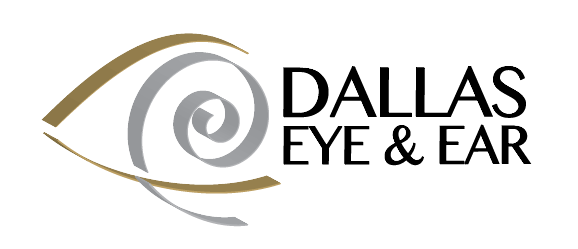Disorders of the Facial Nerve

Bell's Palsy
This is a disorder of the facial nerve which comes on suddenly, with symptoms usually developing over 48-72 hours. Bell’s Palsy is an inability to move the facial muscles on one side, rarely on both sides, and can be accompanied by drooping of the eyelid, twitching, dryness of the eyes and mouth, loss of taste sensation, pain around the ear and heightened sensitivity to sound.
What causes Bell’s Palsy?
The exact cause of Bell's palsy is unknown. Researchers suspect the most likely cause to be a viral infection that causes swelling and inflammation of the facial nerve.
A series of tests can be performed to confirm that damage to the facial nerve is causing the symptoms.
- Hearing test to determine if the cause of nerve damage involves the auditory nerve, inner ear, or delicate hearing structures.
- Balance test to evaluate involvement of the vestibular nerve which carries information about balance to the brain.
- Tear test to measure tear production. Dryness may necessitate drops to protect the eye.
- Imaging such as CT or MRI to rule out disease, injury or abnormalities in and around the facial nerve.
- Electrical test which stimulates the facial nerve to evaluate the degree of damage. This test can be repeated at intervals to assess the status of the damage.
Treatment of Bell’s Palsy depends on the cause of the symptoms, but can be antibiotic or antiviral, steroid, surgical, or even nothing. Prompt, accurate diagnosis and appropriate treatment are essential to restore as much nerve function as possible.
